Your home needs a roof membrane if your roof is constantly lagged with water that drains much slower than it should. A water-logged roof can result in mold and a weaker surface that can significantly damage your roof.
Roof membranes are one of the most important elements of any roofing system. They protect the roof deck from weather and moisture damage, and they play a key role in the overall performance and longevity of the roof. There are many different types of roof membranes, and each one has its own unique set of benefits and drawbacks, so it can be tough to know which is best for you.
Here, we will discuss what a roof membrane is, its importance, and the types to look out for.
The Importance of a Roof Membrane
A roof membrane is a layer of material that is placed on top of the roof decking in order to protect it from the elements. Roof membranes are typically made of synthetic materials such as PVC or TPO, and they serve as a barrier between the roof deck and the outside world.
Most roofs are constructed with an adequate slope factor, usually higher than four, allowing the water to slide instead of gathering. However, if your roof has a lower slope factor or none at all, causing the water to drain slowly or stand still, you need a roof membrane installation to protect your roof from water damage.
Another way roof membrane helps is by extending your roof's lifespan. By protecting your roof deck from the elements, you can add years to its lifespan.
If you are thinking about installing a new roof membrane, it is important to consult with a professional roofing contractor who can help you select the best option for your home or business. Roof membranes are an important investment, and you want to make sure that you choose a product that will provide you with the maximum protection for your roof.
Types of Roof Membrane
There are many different types of roof membranes available on the market, and each has its own advantages and disadvantages. For example, some roof membranes are more durable than others, while some are better at resisting punctures or leaks. Ultimately, the type of roof membrane that you choose will depend on your specific needs and budget.
Below, we discuss the three most common types of roof membrane.
Modified Bitumen
Modified bitumen roof membranes are a type of asphalt-based roofing material. They were first introduced in the 1960s as an alternative to traditional built-up roofs (BURs). Modified bitumen roofs are composed of multiple layers of synthetic rubber and asphalt, which are then covered with a protective top layer of polyester.
There are two types of modified bitumen roofs: torch-applied and self-adhered. Torch-applied roofs are installed by heating the asphalt so that it can be applied directly to the reinforcing fabric. Self-adhered roofs have an adhesive backing that allows them to be directly applied to the roof deck.
Modified bitumen roofs offer several advantages over traditional BURs. They are easier and faster to install, and they can be applied in a wide range of weather conditions. They are also less likely to leak, and they offer good resistance to wind and heat.
This roofing type is now outdated as modified bitumen roofs require more maintenance, and pose a huge threat to the environment, also to the people installing them. They also cannot be repaired as easily as built-up roofs.
Thermoset Membranes
Thermoset membranes are one of the most popular types of roofing materials on the market today. These membranes are made from a variety of synthetic rubber compounds, which makes them extremely durable and resistant to weathering. It is a sturdier and more durable membrane as the compounds are fully heated (thermoset) and given a specific shape which makes it strong.
Thermoset membranes are usually black as it contains ethylene propylene diene monomer. This makes the membrane durable but also increases its heat absorbing capability-a common reason why professional roofers suggest against installing thermoset membrane over living rooms and bedrooms.
Thermoset membranes also come in white which reflects the heat, but is much less effective and durable than its black counterpart. Besides that, thermoset membrane also poses health hazards.
Thermoplastic Membranes
Thermoplastic membranes are the latest technology in roofing membranes, made from polyvinyl chloride (PVC) or thermoplastic olefin (TPO). They are commonly used in residential, commercial and industrial applications, as they offer many advantages over traditional roofing materials.
Thermoplastic membranes are highly durable and resistant to weathering and UV radiation. They are also flexible, making them ideal for use on roofs with complex shapes. PVC and TPO membranes are also fire-resistant, which is an important consideration for any commercial or industrial building. Besides, these membranes are also light-coloured, so they are more effective against heat, and you can install them anywhere.
Disadvantages of thermoplastic membranes include their high initial cost, as well as the fact that they can be difficult to repair if damaged. Overall, thermoplastic membranes are an excellent choice for many roofing applications.
Roof Membrane Installation
Roof membrane installation is a huge job and definitely not a DIY project. The cost to hire a professional roofing contractor can range from $75-$90, depending on the size and pitch of your roof. This does not include the cost of the roof membrane which varies from $3.50 to $14.00 per square foot.
But the peace of mind that comes with knowing your roof is properly installed is worth every penny. Plus, a professional roofer will be able to spot any potential problems and make sure your roof lasts for years to come.
Key Takeaways
A roof membrane is an important part of any roofing system as it helps to protect the structure and surface of the roof and the area underneath it from water damage. It's important to hire a professional installer to ensure that the roof membrane is properly installed and will provide long-term protection for your property. Remember these types of roof membranes when picking one for your property:
Modified Bitumen is a cheaper option, which is easy to install and offers good resistance to weather conditions. But maintaining this roof membrane is neither easy nor cheap. It also poses great health hazards.
Thermoset membrane is made from synthetic rubber which makes it durable and reliable, but has higher heat absorbing capability due to its color and is hazardous to health.
Thermoplastic membrane is the latest and preferred membrane by many due to its longevity, easy installation, and resistibility. All of that comes with a high cost.
Each roof membrane has its advantages and disadvantages. When choosing which membrane to apply on your roof, consider your budget, area, and the severity of your need. These factors will help you decide which is the right one for you. You can also ask professional roofers for their expert opinion. Surely can’t go wrong with that!
Subscribe to All County Exteriors's Blog



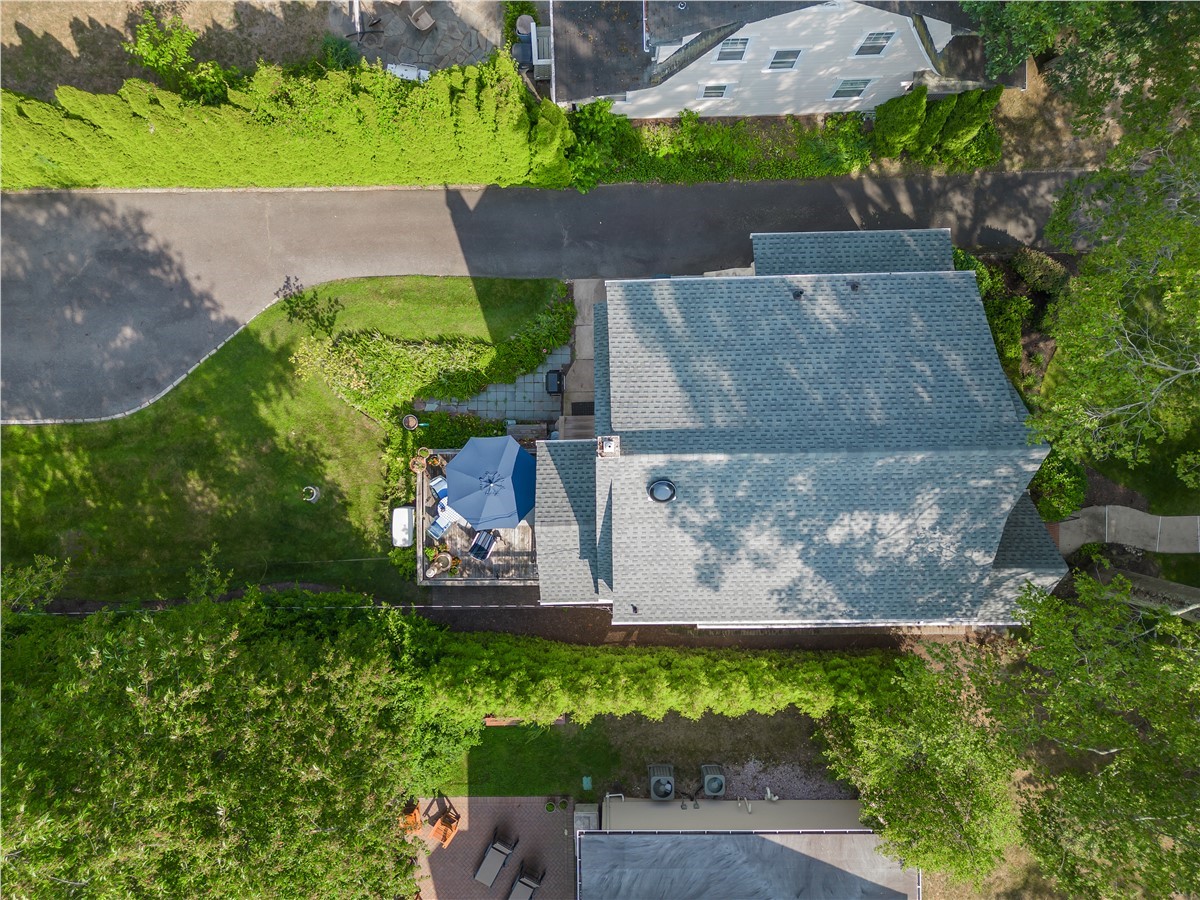
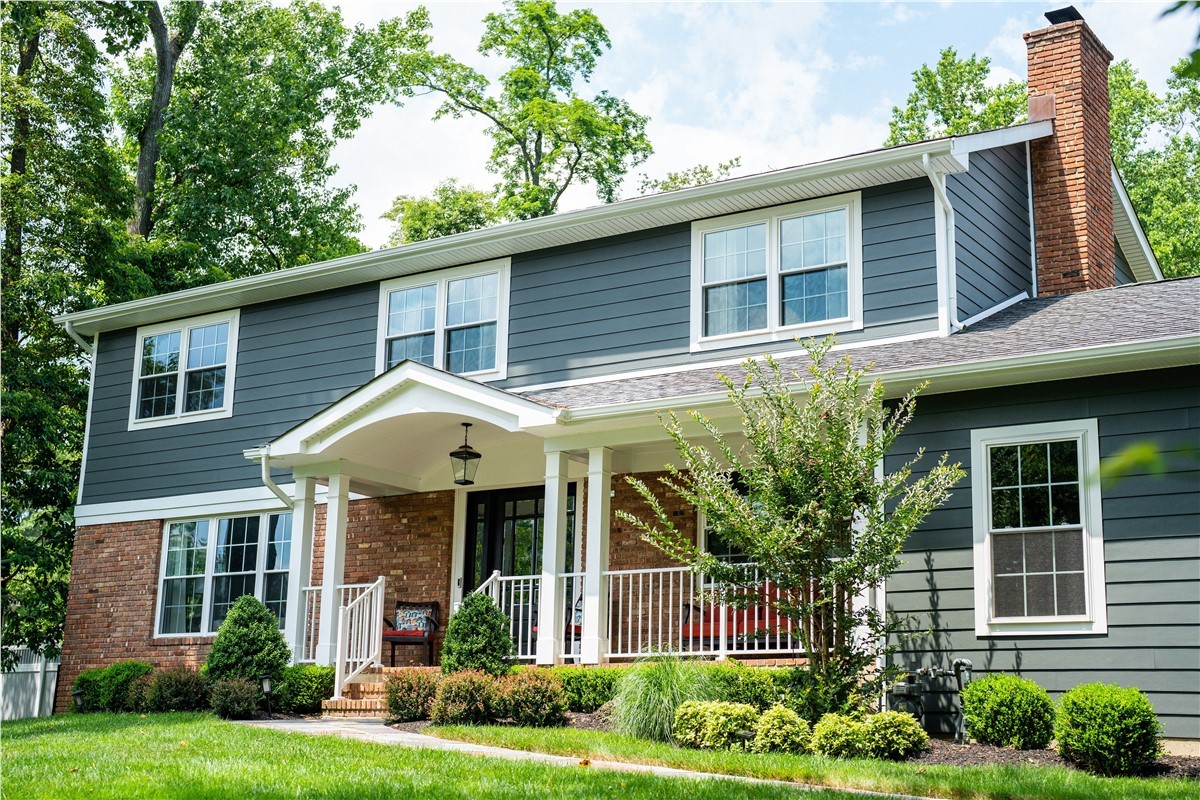
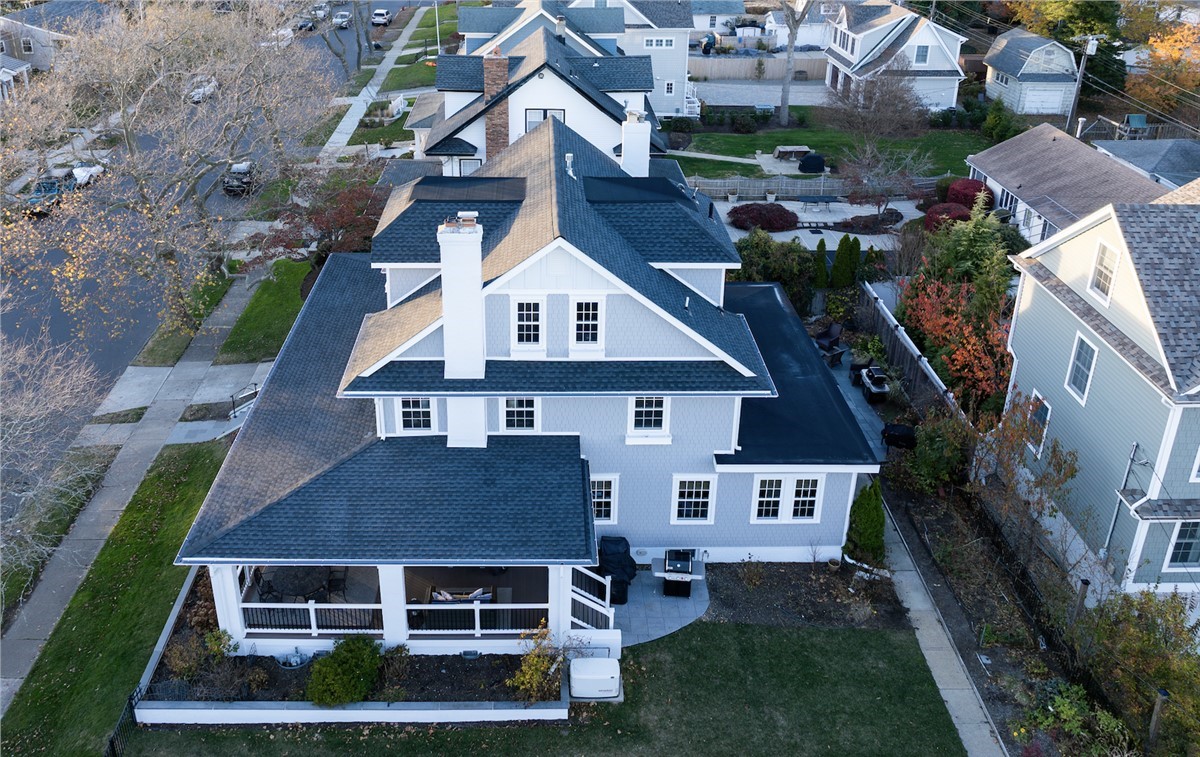
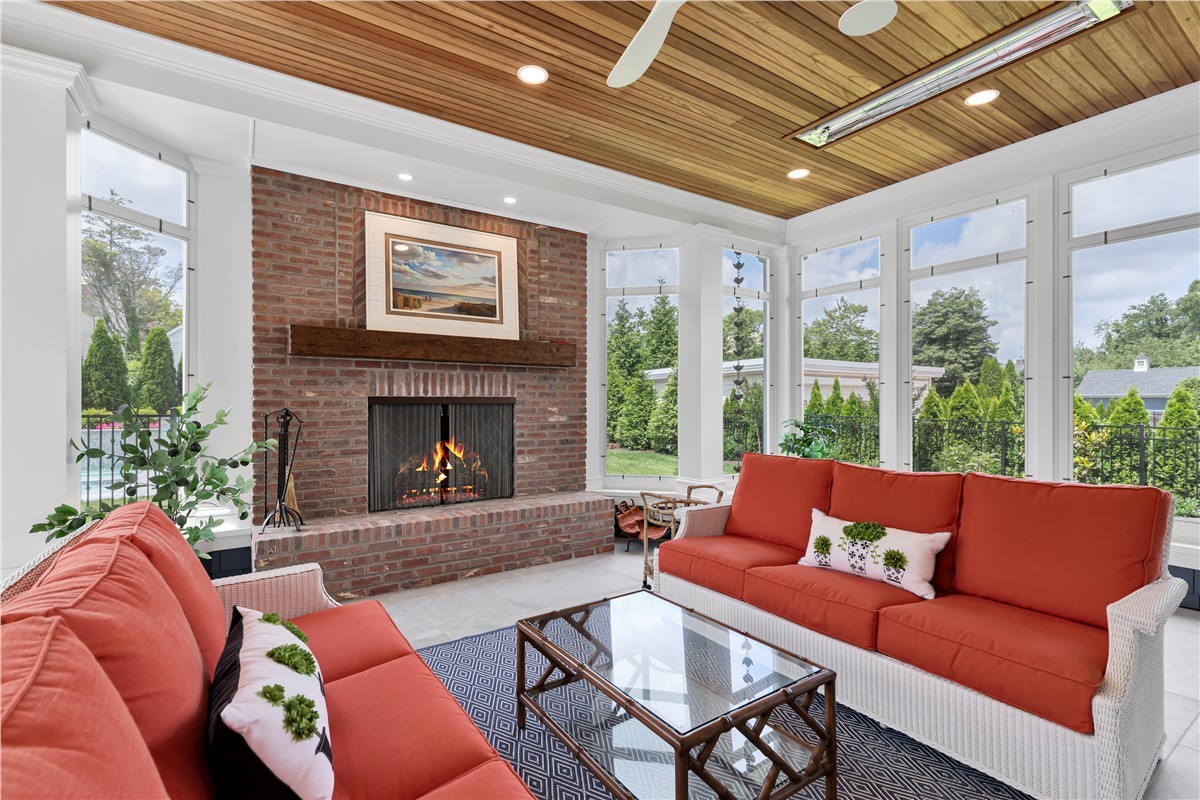
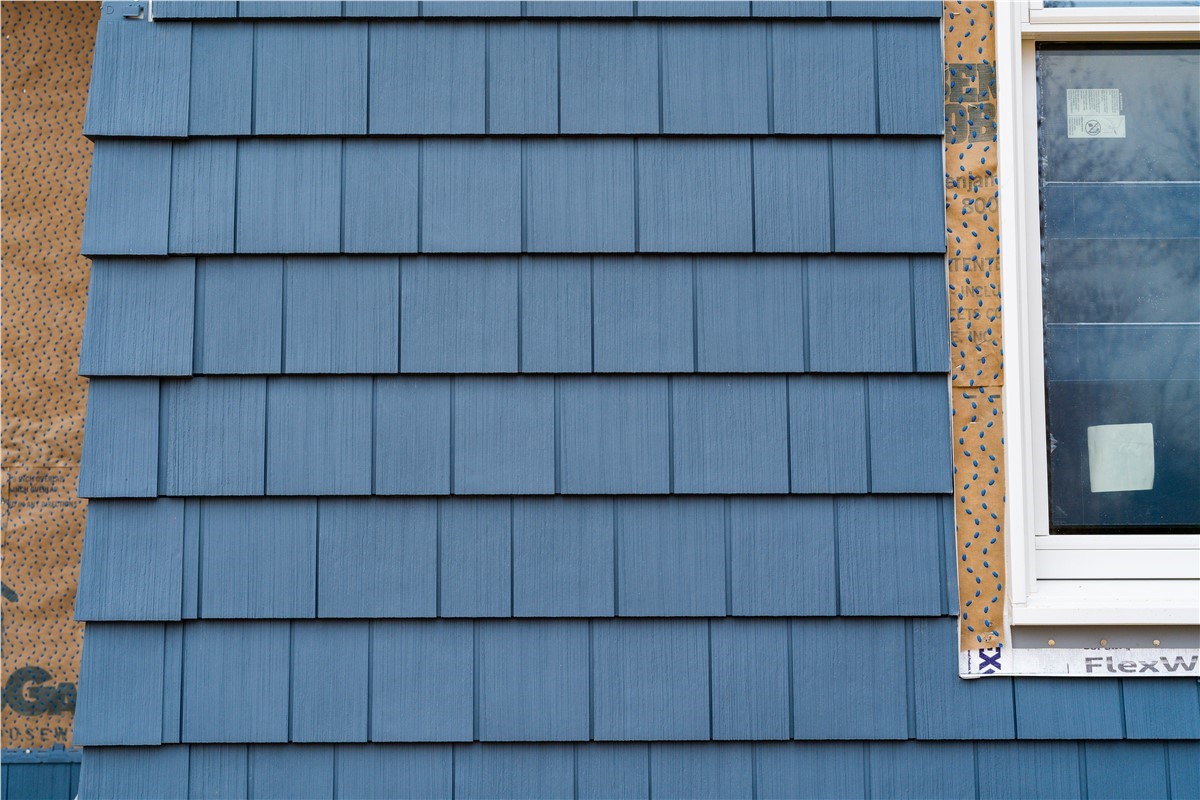

Comments